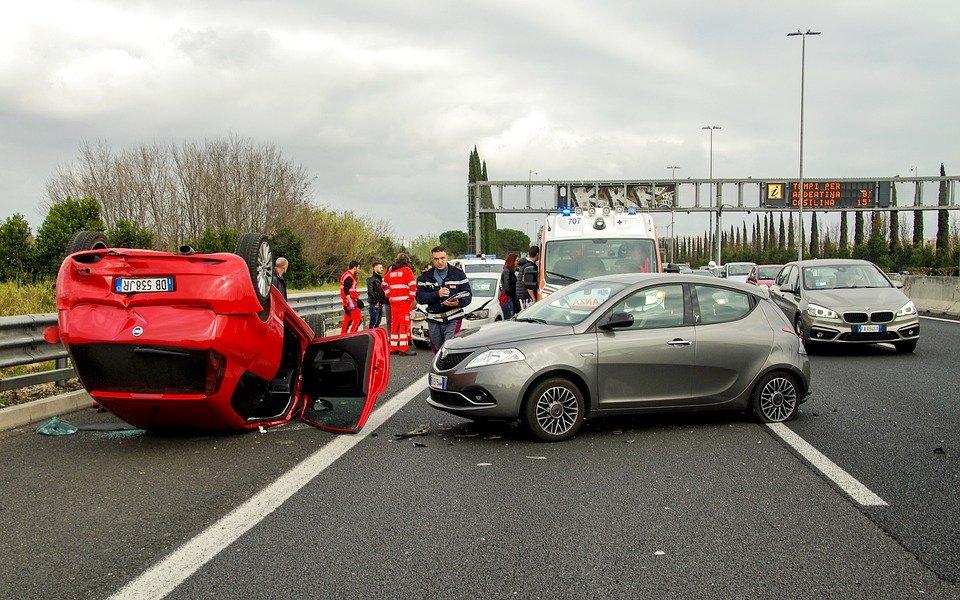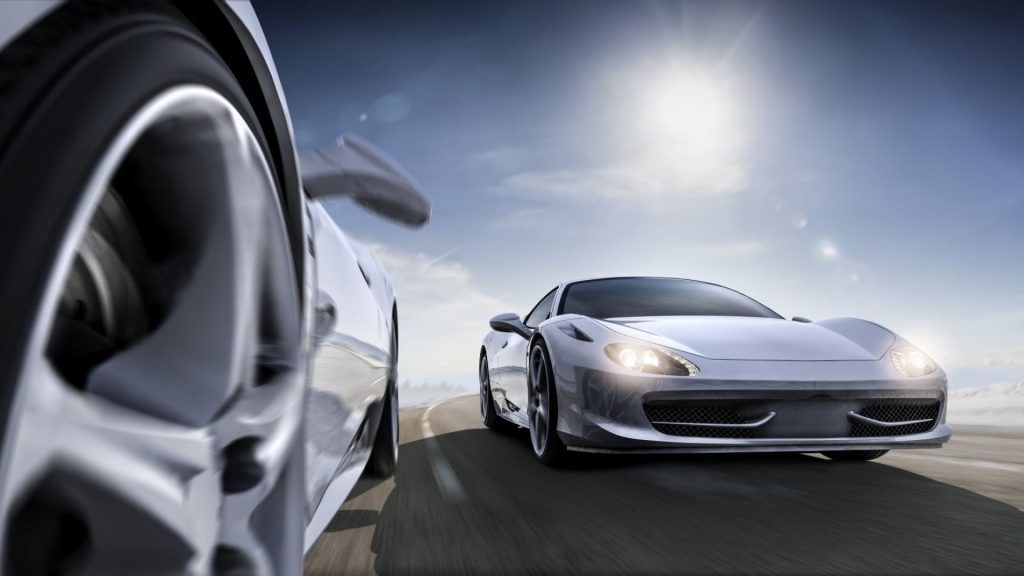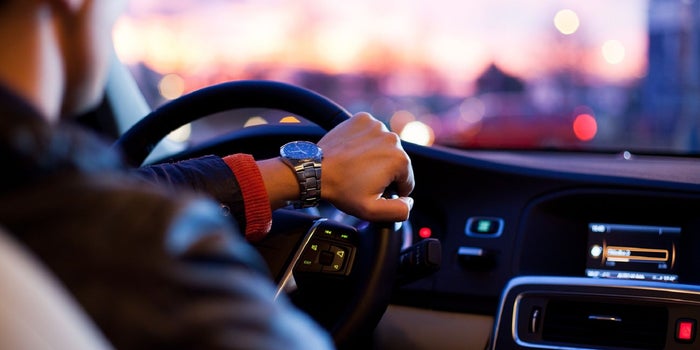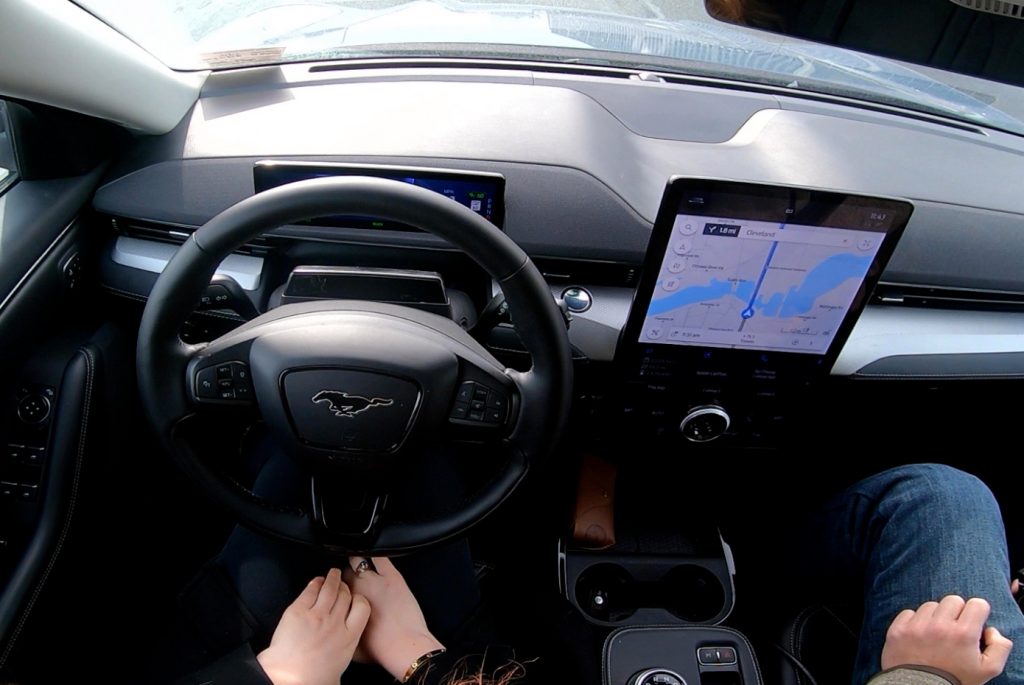 Source: Pixabay.com
Source: Pixabay.com
Over the past few years, dashcams have become increasingly helpful for both personal and business use. Designed to help police officers catch traffic violators in the early days (the 1970s), dash cams have evolved to offer advanced features that blend well with the modern consumer.
From providing first-hand evidence in the event of a crash to improving road safety to preventing insurance fraud, dash cams have become indispensable tools for every driver to have. But how are dash cams changing driving behavior?
Glad you asked! These reliable cameras provide valuable insights into what drivers are doing on the road, giving fleet managers a basis for coaching and monitoring their drivers. Keep reading to learn how dash cams are changing driving behavior.
1. Dash Cams Help to Prevent Distracted Driving

A fleet camera system captures everything about what’s happening on the roads and inside the vehicle. High-quality videos from these cameras can give you valuable insights into how your delivery drivers behave on the roads.
The best dash cams for trucks include real-time GPS tracking and leverage artificial intelligence (AI) to monitor drivers and the roads for incidents.
For instance, AI-based dash cams can detect things like distracted driving, seat belt use (or lack of it), cell phone use, or even speeding. These cameras can also tell you if a driver was braking harshly, staying on route, and adhering to the schedule.
Some dash cams, especially those from Samsara, even offer audible voice alerts to warn drivers if distracted driving is detected. Incidence footage is then uploaded to the cloud so fleet owners and managers can review and take action.
This way, dash cams for trucks give fleet managers more visibility into their drivers’ behavior, which in turn helps to reduce accidents and lower collision costs.
2. Adds an Additional Means of Communication

Dashboard cameras provide an additional layer of communication.
Not only can an AI dashcam inform fleet operators about risky driving behavior, but it can also warn drivers about hazardous driving habits. That means even if drivers don’t get a call or a warning from dispatch, they’ll at least get an alert from the vehicle’s telematics system.
This way, drivers can’t claim they didn’t know they were speeding when alerts are active. These alerts provide an additional means of communication, keeping both the driver and the dispatch team abreast of what’s happening in the cab.
3. Enhances Driver Coaching

Fleet companies spend a considerable amount of time on driver coaching. But no fleet manager can be in the cabin of every delivery vehicle.
However, a dash cam can keep you informed about what’s happening inside the vehicle and on the roads. Speeding, near misses, harsh braking, and other high-risk driving behavior can be recorded, documented, and used for driver coaching.
Dashcams enhance a fleet operator’s ability to use a driver’s scorecard for coaching purposes. For example, a driver’s safety scorecard could consist of things like:
- Harsh breaking
- Speeding
- Cornering
- Near collision
- Idling
You can look at individual statistics for each driver obtained from your vehicle’s telematics system and share them with your drivers. This can help to coach them better for improved performance and safety on the roads.
4. Helps Drivers Stay Compliant

According to the FMCSA, driver fatigue and distraction are among the most frequent causes of car accidents. Driver fatigue can be addressed through HOS compliance.
Hours of Service or HOS is an essential calculation for the driver and law enforcement officers. The HOS rules are intended to keep fatigued drivers off the road for improved safety.
The FMCSA requires drivers to record their Hours of Service by using electronic logging devices (ELD). Fleet operators can achieve this with the help of an ELD and a dashcam.
The ELD will keep an electronic record of the hours clocked when linked to the dashcam. Abiding by the ELD mandate and HOS rules can help a company schedule their drivers better and reduce accidents that result from fatigued drivers.
We hope this article will help you monitor and improve your driver’s behavior with the right dashcams. Feel free to comment and share.




